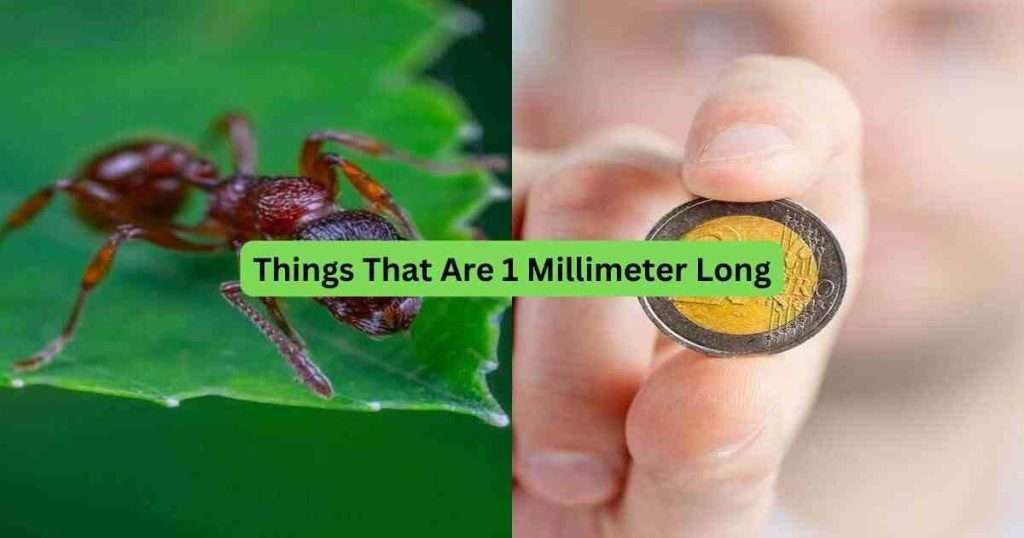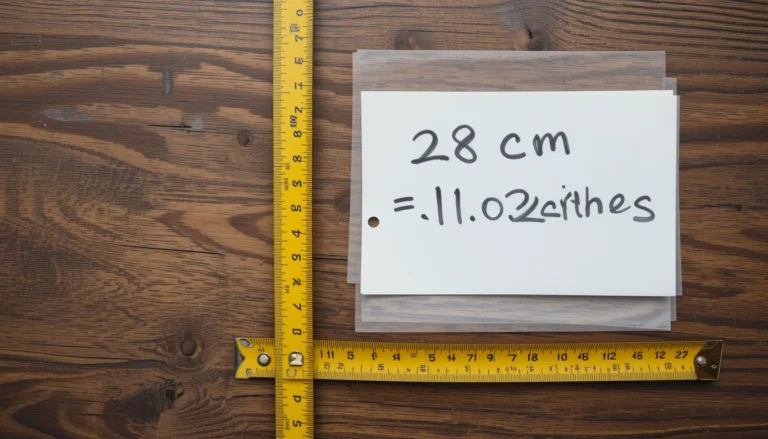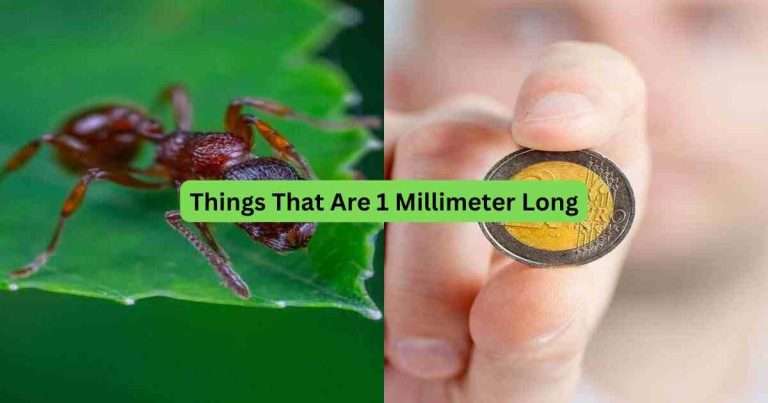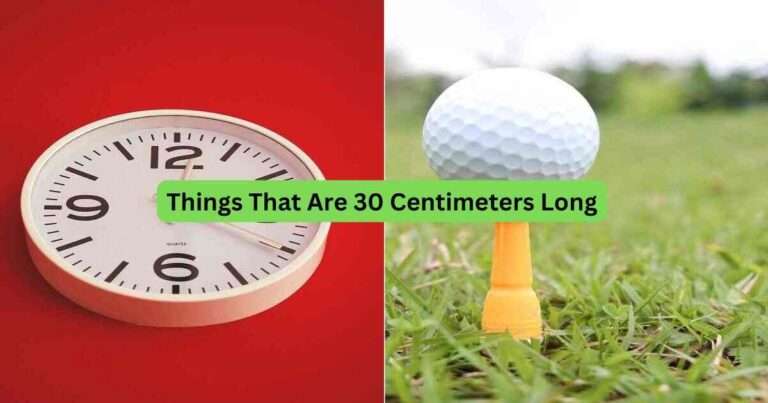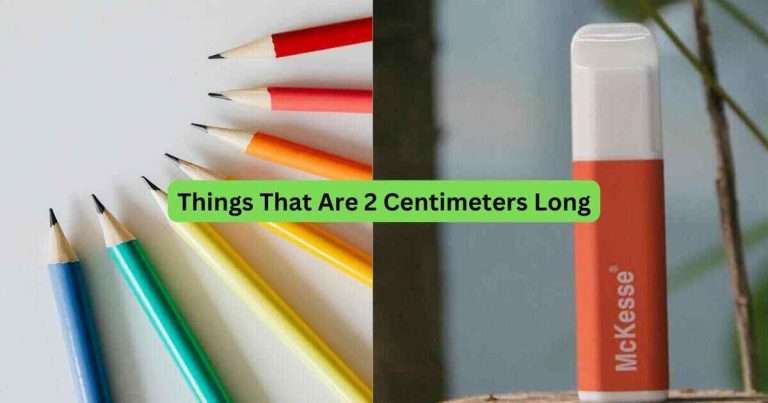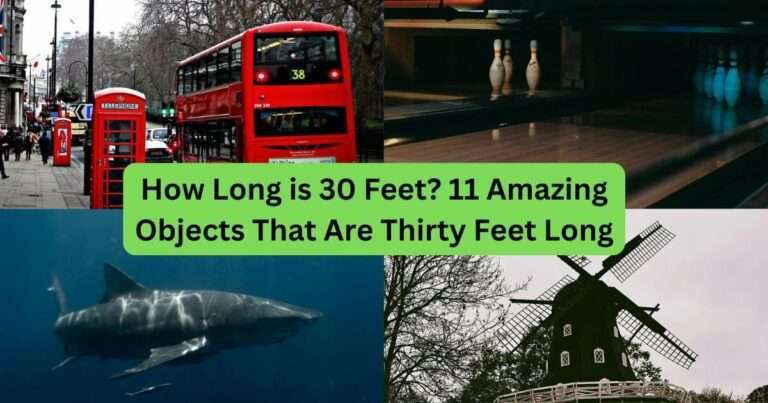Have you ever thought about how small 1 millimeter is? It’s a tiny unit of length—just one-thousandth of a meter. Even though it seems small, we use millimeters daily, especially when working with tools, building things, or creating art. That’s because 1 mm can change how something fits or feels.
Many cool objects in daily life are about 1 millimeter thick. A grain of sand, a wire in a twist tie, or the tip of a pencil lead might not seem important, but they all show how small details matter. In design and machines, even 1 mm can make a big difference.
This article will show you nine everyday things that are precisely 1 millimeter long or thick, so you can see how something so small plays a big role in our world.
How Long is a Millimeter?
A millimeter (mm) is a very small unit of length. It equals one-thousandth of a meter or 0.001 meters. To picture it, think of the thickness of a credit card or the width of a grain of sand—that’s about 1 mm. If you line up 10 millimeters, you get 1 centimeter. And 1,000 millimeters make 1 meter long.
In other measurements, 1 millimeter equals 0.1 centimeters, 1,000 micrometers, or about 0.039 inches. That’s a little more than the edge of a dime. Millimeters are used for small and precise things, like screws, jewelry, and machine parts.
These conversions help you switch between metric and imperial systems, whether doing crafts, building something, or just learning how things are measured.
09 Everyday Items That Are 1 Millimeter Thinner
The thickness of a human eyelash and a grain of sand also fall into this category. Even mosquito eggs can be about one millimeter long! These examples highlight how small measurements play significant roles in our daily lives.
1. U.S Dime
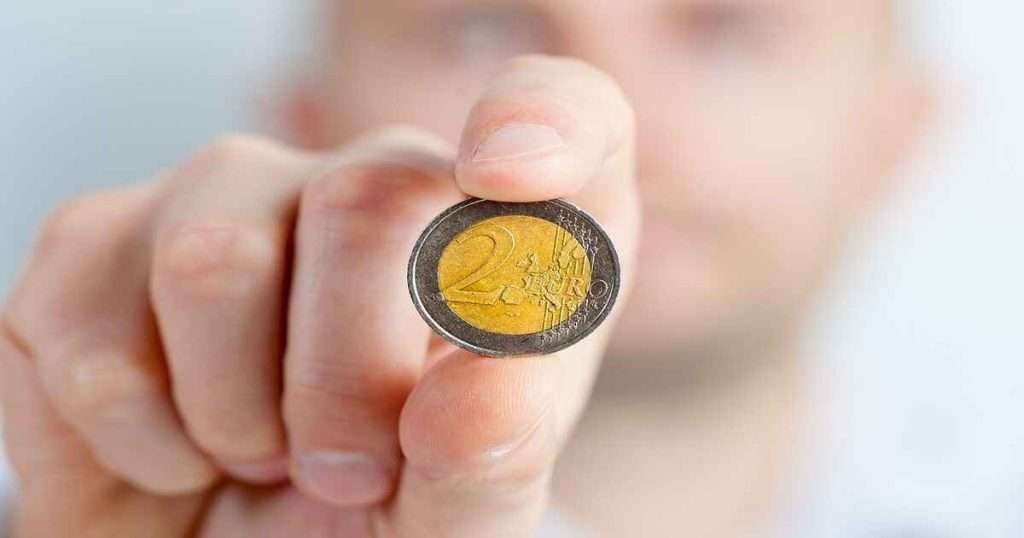
A U.S. dime may be small, but it helps us understand tiny measurements well. It’s 17.91 millimeters wide and 1.35 millimeters thick, which is just a bit more than 1 mm. That thin edge is a great way to picture how short 1 millimeter is.
If you look closely at the dime’s edge, you’ll see 118 small ridges. These raised lines are just over 1 mm wide and help people and machines check if the coin is genuine.
Even though it’s tiny, the dime shows how important small measurements can be in money, design, and everyday life. It’s a great example of how 1 millimeter makes a real difference.
2. Tiny Bead
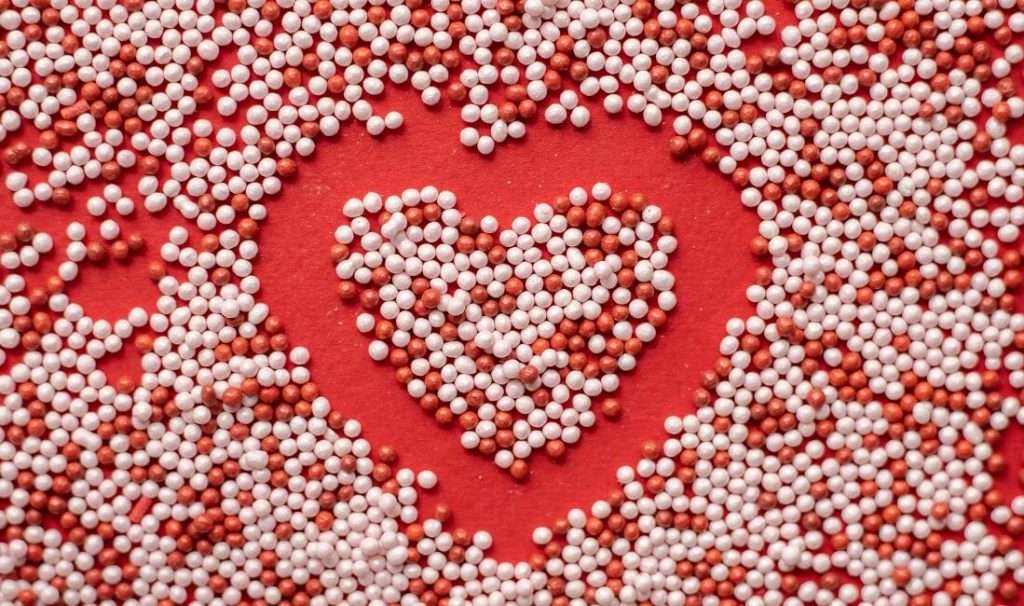
A tiny bead is a perfect real-world reference for 1 millimeter. Most seed beads are 1 to 3 mm in diameter, about the width of a pencil tip. These miniature gems—made from glass, plastic, or wood—are staples in jewelry making, crafts, and DIY projects.
Though small, they add vibrant color and fine detail to designs. A single bead may seem minor, but they form stunning patterns and textures together.
Their precise, uniform size allows for intricate work using tools like tweezers, beading needles, and looms. It’s amazing how something just 1 mm wide can bring such beauty and structure to handcrafted pieces.
3. Credit Card
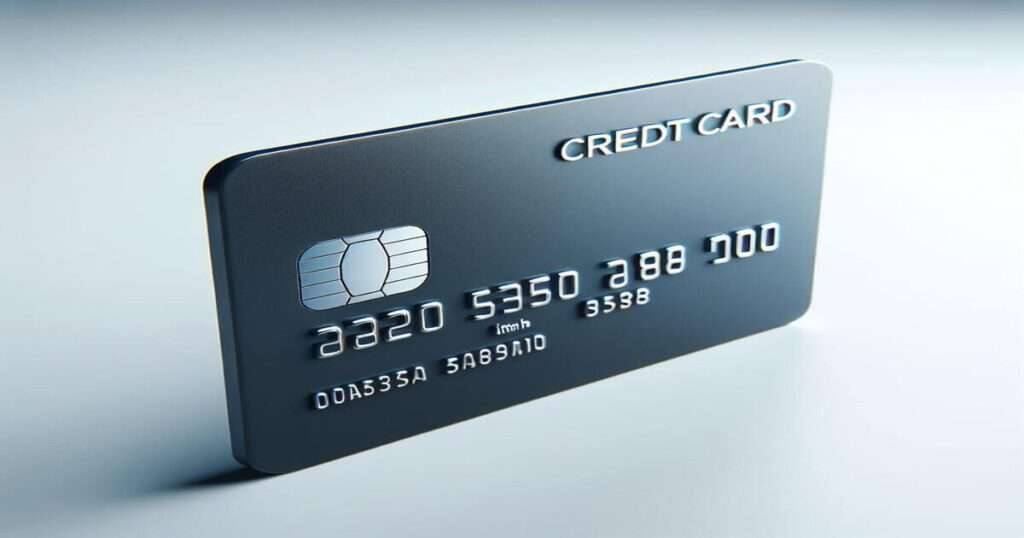
A credit card is 0.76 millimeters thick, just a little thinner than 1 millimeter. Its full size is 85.60 mm long and 53.98 mm wide, the same size used worldwide by banks and stores.
Even though it’s thin, a credit card is strong and smooth. It’s made to fit perfectly in wallets, pockets, and machines. That small thickness helps it slide in and out of card readers easily.
When you tap, swipe, or stack your cards, it’s that 0.76 mm thickness doing the work. So next time you use one, remember how even a small measurement like this keeps things working right.
4. Ant’s Leg
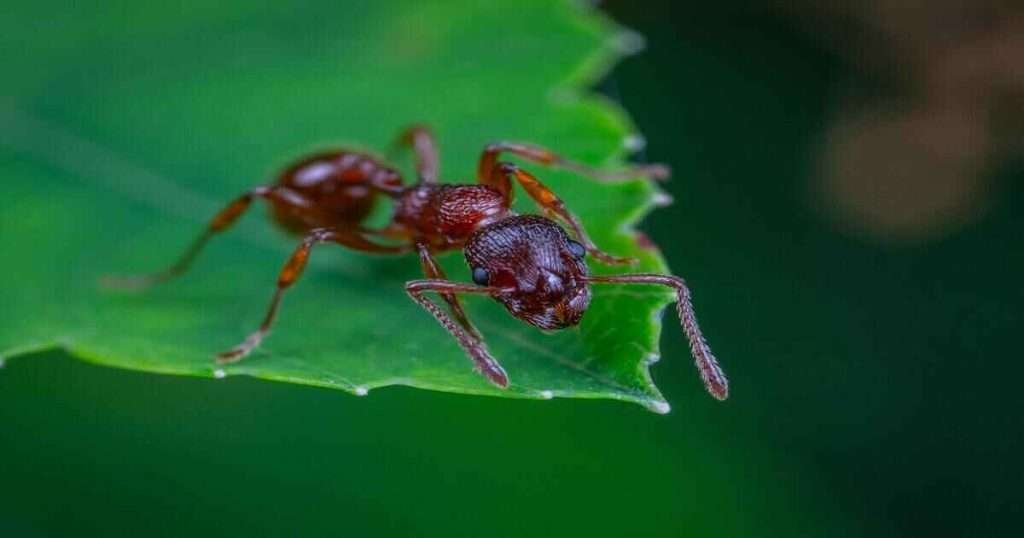
An ant’s leg is usually about 1 to 1.5 millimeters long, depending on the type of ant. That’s almost the same size as the edge of a coin or the tip of a crayon line. These tiny legs help ants easily move through dirt, grass, and small cracks.
Even though they’re small, ant legs are super strong. Each ant has six legs and can carry things much heavier than their own body. They climb walls, dig tunnels, and work together to build their homes.
Their micro-scale anatomy reflects nature’s version of fine engineering—designed for speed, strength, and survival. Next time you spot an ant, look closely—those 1 mm legs are like tiny machines built for hard work and fast moves.
Read More >>> 12 Common Things That Are 5 Millimeters Long or Thick
5. Sewing Needle Tip
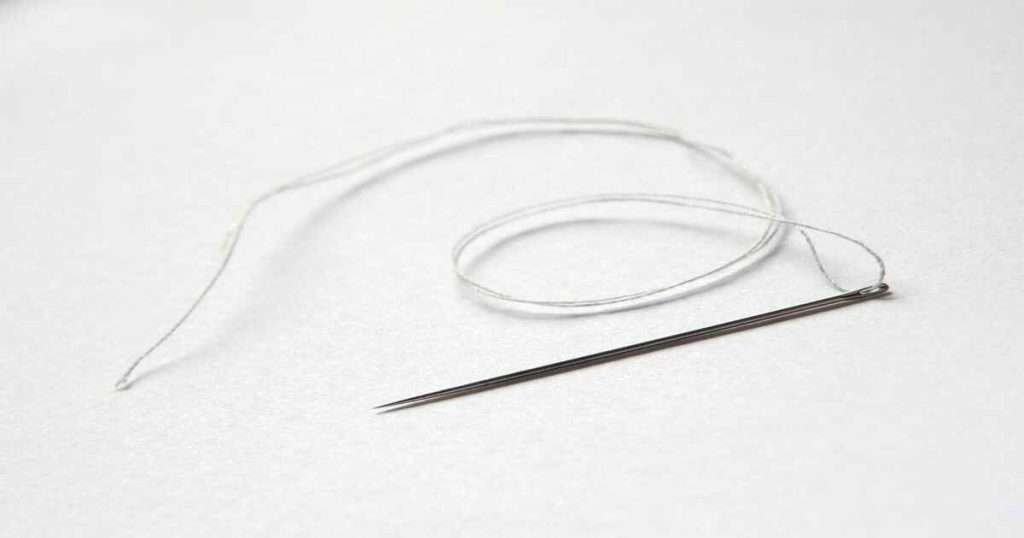
The tip of a sewing needle measures approximately 1 millimeter long, making it a perfect example of precision in tiny dimensions. This small but vital part pierces fabric cleanly, ensuring minimal damage during stitching.
Needle tips are engineered for strength and sharpness, able to withstand tension while passing through delicate or tough materials without bending or breaking. Their slender design is essential for embroidery, tailoring, and other detailed textile work.
For sewists, understanding that a fine 1-millimeter tip enhances skill and craftsmanship, elevating projects from simple repairs to professional-quality creations.
6. Pencil Tip
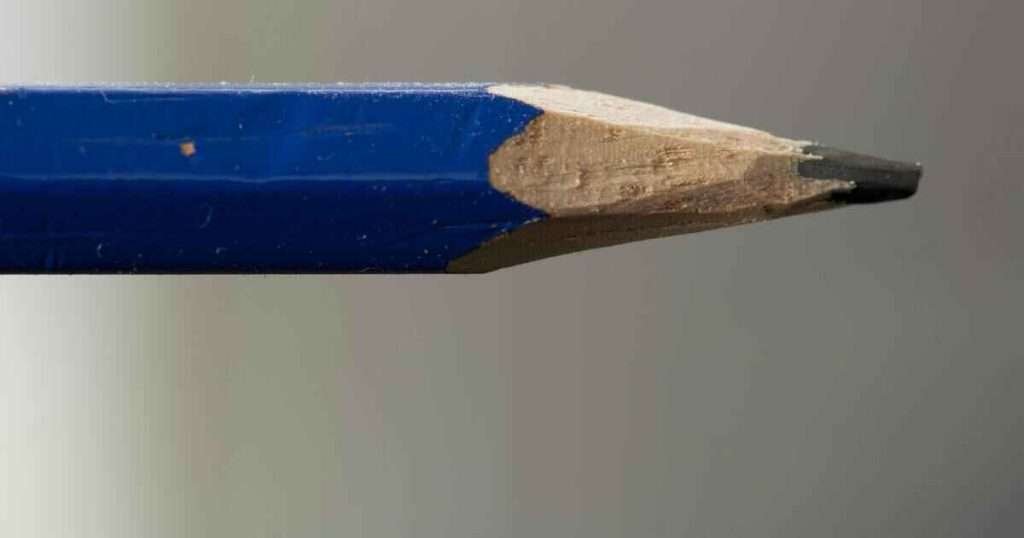
The tip of a pencil is a classic example of 1 millimeter in action. It narrows to a fine point that allows precise writing and detailed drawing when sharpened.
Imagine sketching ideas or taking notes—this sharpness ensures clarity and control over every stroke. A well-maintained pencil tip glides smoothly across paper, enhancing your work without overpowering it.
Though small, this measurement plays a vital role in everyday tasks, from writing letters to doodling. The humble pencil tip shows how even tiny dimensions impact creativity and communication significantly.
7. Mustard Seed
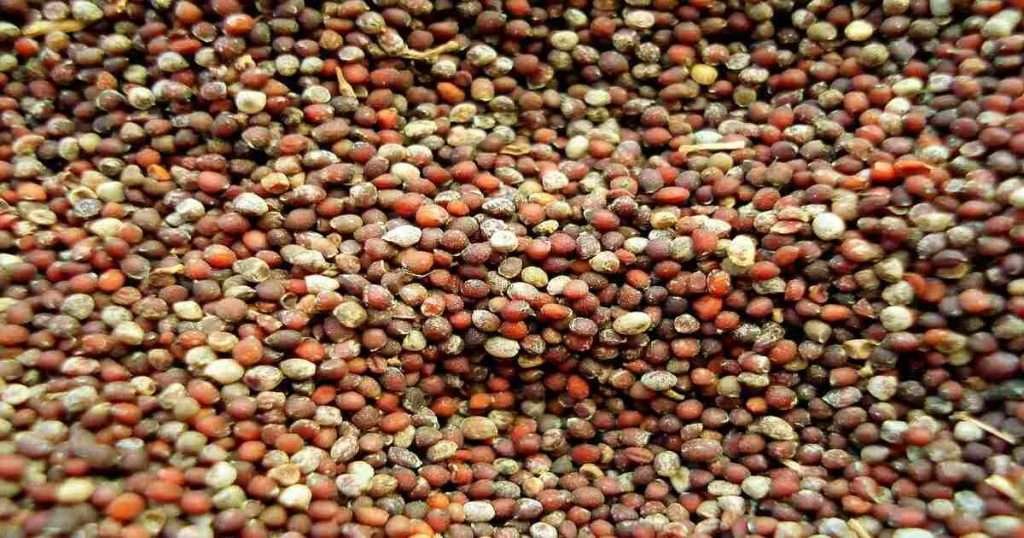
A mustard seed measures about 1.5 to 2 millimeters in diameter, slightly over the 1-millimeter measurement, making it one of the tiniest seeds you’ll find. Despite its small size, it holds deep cultural and spiritual significance.
The mustard seed symbolizes faith in the Bible—the idea that great things can grow from very small beginnings. Agriculturally, it’s a nutrient-rich seed packed with genetic potential, essential for growing mustard plants.
Its compact, round shape contrasts sharply with the bold, pungent flavor it adds to dishes worldwide. The mustard seed shows how even the smallest objects can carry powerful meaning and impact, whether in religious teachings or culinary arts.
8. Mosquito Eggs
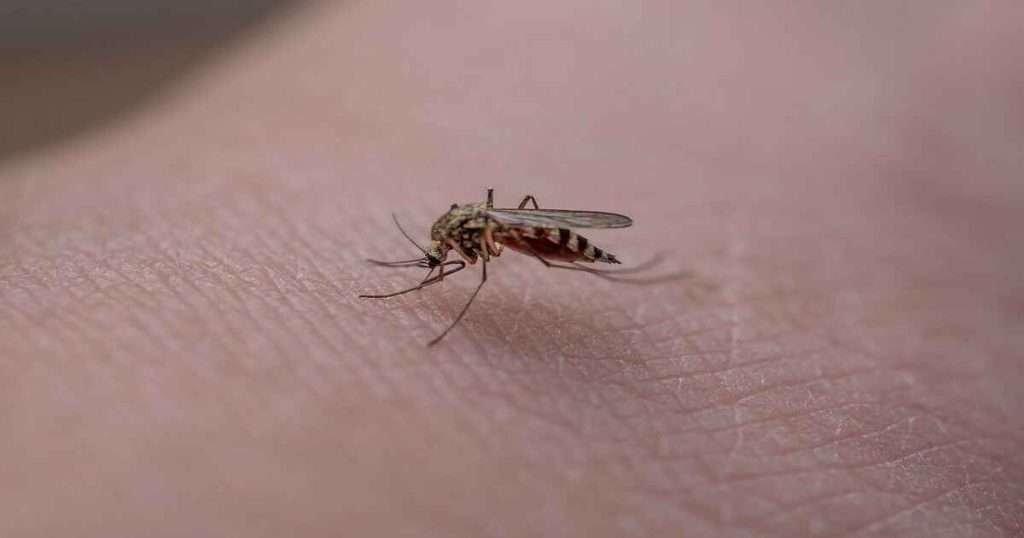
Mosquito eggs are tiny, measuring about 1 mm in length. These minuscule ovals often float in clusters called rafts on stagnant water surfaces.
A female mosquito lays hundreds of eggs at once, increasing the chances that some survive despite harsh conditions. It’s remarkable how these tiny eggs develop into buzzing insects capable of spreading diseases like malaria and dengue fever.
Their small size makes spotting them tricky, requiring patience and keen eyesight, skills that entomologists and nature enthusiasts value. Each 1 mm egg marks the start of a complex life cycle, beginning in water and culminating in flight.
Read More >>> 11 Common Things That Are 5 Centimeters Long
9. Standard Paper Clip
A standard paper clip typically measures about 1 millimeter in wire thickness and is 33 to 50 millimeters long, depending on style. This small yet essential office tool keeps documents organized without causing damage.
Though simple, the paper clip’s design perfectly blends efficiency and durability. It securely binds sheets but allows easy removal without tearing.
Visualize lining up several paper clips end to end—you’ll see how quickly millimeters add up. While sizes vary, the classic paper clip remains iconic in offices worldwide.
This tiny object proves that even 1 millimeter—a seemingly minor measurement—has practical importance in everyday organization and productivity.
How do you Measure Millimeters and Estimate Lengths?
Measuring in millimeters can be simple if you have the right instruments. A ruler or caliper marked for metric measurements is crucial for accurate results.
To find the length in millimeters, you only need to place the object precisely on the zero mark of the ruler. Then, look at the measurement lines to read the length.
By practicing and getting used to it, determining millimeter lengths will become easy. Visualizing various millimeter lengths may be helpful. For example, you can compare the length of a paperclip (about 33 millimeters long) to a standard paperclip size you usually use.
How do you read “mm” on a ruler?
Reading millimeters on a ruler is straightforward once you know the basics. A standard metric ruler usually features centimeters and millimeters marked along its edge. Each centimeter is divided into ten equal parts, each representing one millimeter.
Look closely at the smallest lines between the larger centimeter marks to find the measurement. Count these tiny divisions to determine how many millimeters your object measures. Remember that 1 mm equals one line on this scale, making it easy to visualize smaller lengths accurately.
Conclusion
A millimeter is a form of measurement that might appear negligible, but its implications on the very small and the very large are definitely beyond anything. The integrated cognitive response is the comprehension of the productive nature of defining a coin’s edge, the tip of the needle, or the mosquito’s egg as objects of a single millimeter in size.
Through such micro-measurements, humans can gradually become at ease with the details and precision in objects of the most varied sizes, from the seed to the flint of a rock. Contact with these tiny items in any place, like in housework or in nature’s museum of treasures, marks the individual’s entry into the reality of the maximal differences which the small thing can bear.
Frequently Asked Questions
Why is the 1-millimeter measurement important?
It provides accurate results in various fields of social practice, from producing goods to developing organisms. It helps to determine the actual inner mechanism of objects and the occurrence of minor events in nature, e.g, a plant’s growth and an insect’s life cycle.
How does a millimeter compare to other units of measurement?
A millimeter is one-tenth the size of a centimeter (10 millimeters = 1 centimeter) but is a thousand times bigger than a micrometer (1 millimeter = 1,000 micrometers). So, a millimeter is suitable for measuring tiny objects or details in ordinary life and for scientific research.
Can things be measured in millimeters in nature?
Indeed! Natural items, such as sand kernels, ant legs, and little rocks, are categorized in millimeters. Those small measurements have a considerable impact on ecosystems and prove that it is the small things in nature that matter most to the grander processes.

